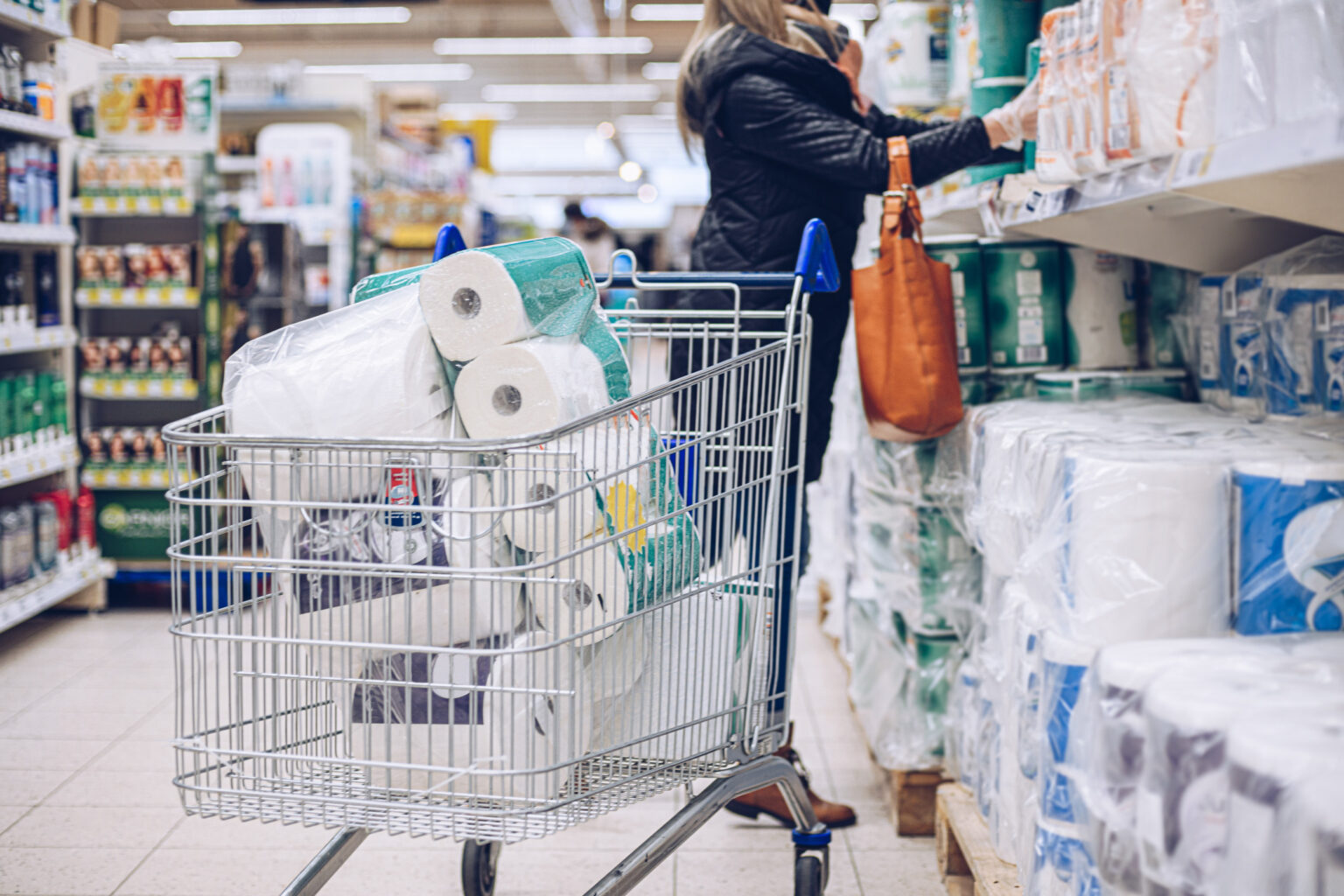Some Americans have been stocking up on toilet paper as port workers continue industrial action, according to posts on social media.
Several videos and images have appeared online of empty shelves at grocery stores following the commencement of strike action by dockworkers represented by the International Longshoremen’s Association (ILA) across East and Gulf Coast ports on October 1. The strike is expected to impact U.S. supply chains as these ports handle nearly half of all American imports.
Republican Representative Marjorie Taylor Greene posted a video on X, formerly Twitter, of empty shelves.
Toilet paper is always the first to go.
ILA strike started last night halting imports and exports from Maine to Texas.
We shouldn’t be dependent on foreign countries for all of our needs!
Put America FIRST!!! pic.twitter.com/oYqu7djf4n
— Marjorie Taylor Greene 🇺🇸 (@mtgreenee) October 1, 2024
“Toilet paper is always the first to go,” she wrote. “ILA strike started last night halting imports and exports from Maine to Texas. We shouldn’t be dependent on foreign countries for all of our needs!” She did not disclose the area or store where the footage was taken. The post has been viewed more than 112,000 times.
Journalist Jen Icklan Eckert also posted images reportedly showing near-empty shelves at Costco and Target stores in Monmouth City, New Jersey, with only a few packs of toilet paper left for purchase.
Shelves at Costco & Target running low or out of paper towels in Monmouth Cty. #NJ. Seeing ppl buying TP & water too in reax to #portstrike2024 -Costco employee told me they were sold out of TP/paper towels this am. What are you seeing at your #NJ store? Post pics & location ⬇️ pic.twitter.com/ugFDzPKpHt
— Jen Icklan Eckert (@jicklan) October 1, 2024
User Arthur Dent posted a similar image, writing: “Seems people are losing their minds over toilet paper again. Local Walmart has been gutted. Nary a roll to be found.”
Greene’s post was subject to a Community Note from X users, which read: “Toilet paper would not be affected by a strike at ports that began just nine hours before this post because the vast majority of toilet paper sold in the U.S. is manufactured in the U.S.”
Will There Be a Toilet Paper Shortage Due to Port Strikes?
It is highly unlikely there will be a shortage of toilet paper caused directly by the port strikes even if ILA action continues beyond the coming week as paper towels used in the U.S. tend to be manufactured domestically. According to IndexBox, the U.S. only imports 7.5 percent of its toilet paper.
Experts have warned that some other goods are likely to be affected, however.
“Goods with high price elasticity, including luxury goods, consumer tech products, automobiles and apparel—largely imported from Asia and Europe—could see price increases,” Jason Fisk, CEO of SalSon Logistics, told Newsweek, given that these categories have historically been affected in similar supply chain disruptions, such as the coronavirus pandemic.
He said that consumer electronics, vehicles and perishable items, including fruits, vegetables and seafood could “experience quicker impacts due to the complexity and cost of finding alternative supply routes.” According to the U.S. Department of Agriculture, in 2021, America imported around 60 percent of all its fresh fruit and 38 percent of its vegetables.
“Within two to three weeks you should start seeing shortages,” Andrew Coggins, clinical professor of management and management science at Pace University, told CBS MoneyWatch. “It is a big deal, especially if it lasts for a long time because so much of what we use on a daily basis has at some point in its life traveled by ship or by water, or at least, some components.”
Read the full article here

